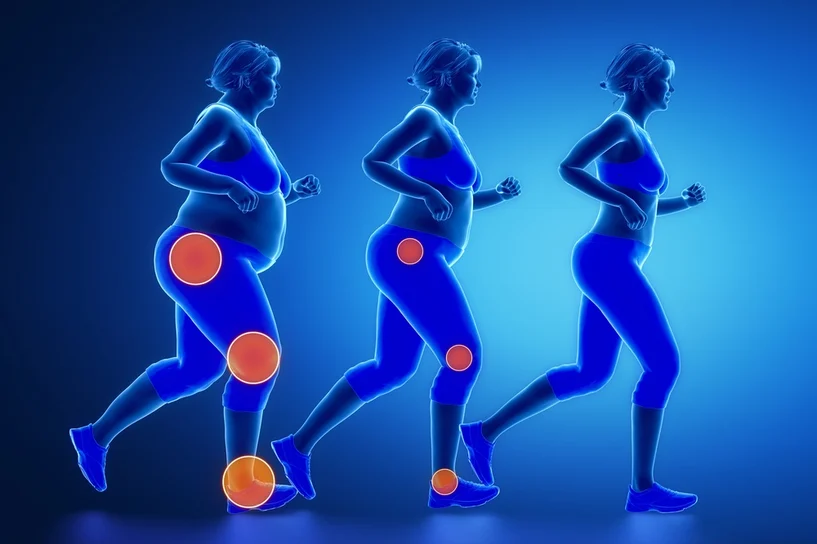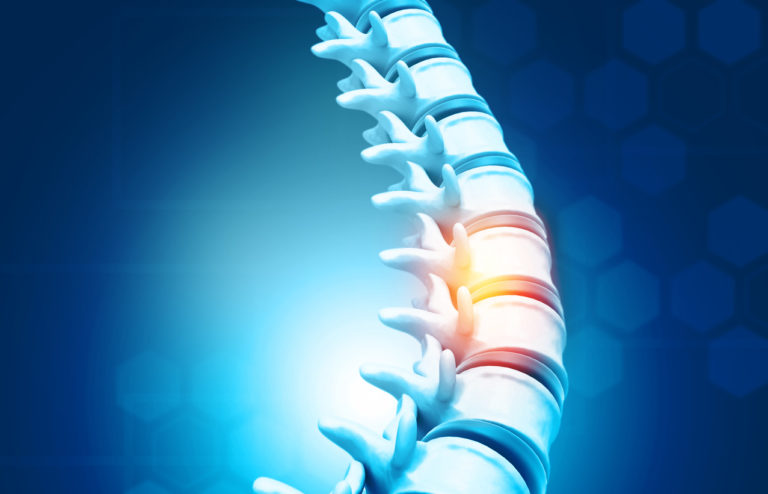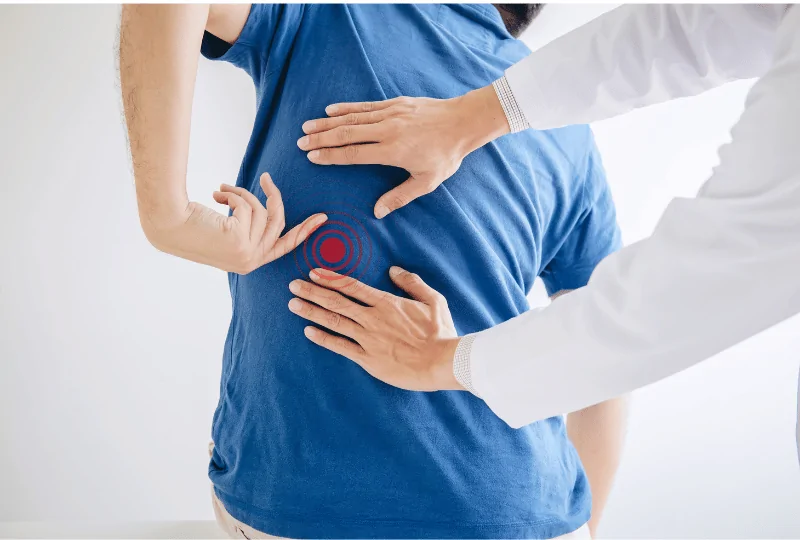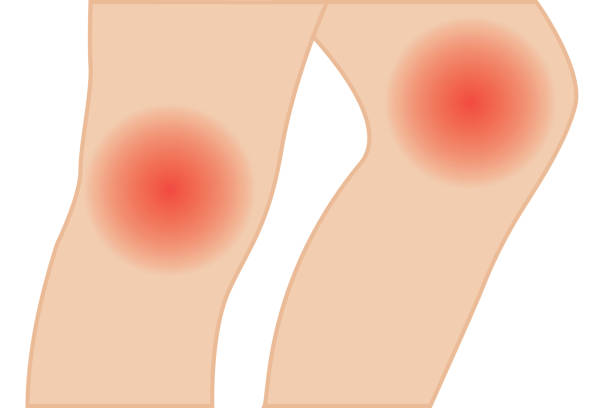



What is elbow pain?
Common elbow pain often arises from strained or inflamed soft tissues like tendons, usually resolving with self-care like over-the-counter pain relief and a few days of rest. Seeing a doctor may not be necessary. Avoid prolonged rest, as it can lead to joint stiffness and weakened muscles. Simple exercises can lower the risk of future issues. Arthritis may cause long-term elbow pain.
How does our Elbow work?
The elbow joint connects the upper arm bone (humerus) to the two forearm bones (radius and ulna). It acts like a hinge, enabling arm bending, and allows the forearm to twist due to the rotation of the upper radius.
The humerus has two bony parts at the end, which you can feel on either side of your elbow. These are;
*the lateral epicondyle on the outside of your arm
*the medial epicondyle on the inside of your arm.
Muscles on the outside of the upper arm help with wrist and finger straightening, connected to the brain through the radial nerve. Muscles on the inside aid in wrist and finger bending, linked to the brain through the median nerve. The ulnar nerve on the inner side is responsible for small hand muscle movements, and hitting the “funny bone” involves pinching the ulnar nerve. Strong cords and tissues like tendons and ligaments support the elbow joint.
Causes
Most elbow pain is a result of strained or inflamed soft tissues like tendons or ligaments, usually improving with self-care at home. Sometimes, medical conditions such as arthritis can cause stiffness in the elbow. Arthritis, indicating a painful and swollen joint, comes in various types and can affect the joint itself, muscles, joint covering, or ligaments. Stiffness may also result from scar tissue formation after an injury or surgery. In some cases, the elbow may temporarily lock due to loose fragments of bone or cartilage, potentially requiring surgical removal.
Arthritis of the elbow
Different types of arthritis can affect the elbow. Osteoarthritis, the most prevalent form, begins with cartilage loss, leading to the growth of bony spurs and increased joint fluid, causing pain, swelling, and stiffness. Elbow osteoarthritis is uncommon unless there’s a history of injury, like a previous bone fracture.
The following types of arthritis can also affect the elbow:
*Rheumatoid arthritis is an autoimmune disorder that induces joint pain and swelling. Affected joints may appear red, feel hot, become stiff, and be tender to touch. Autoimmune conditions occur when the immune system, designed to safeguard against illness, mistakenly attacks the body’s healthy tissue due to confusion.
*Psoriatic arthritis is linked to the skin disorder psoriasis, is an autoimmune condition. It manifests as red, raised skin patches with white or silvery flakes. This condition induces pain and swelling in and around joints.
*Gout is a form of arthritis, results in joint pain and swelling due to the accumulation of urate crystals. Affected joints can be intensely painful, and the skin may appear red and shiny.
When to see a doctor
Most cases of elbow pain improve with self-help treatments. Consult a doctor if the pain persists after two weeks or if you experience tingling, numbness, or weakness in your arm. Seek emergency care if you notice severe pain, swelling, fever, heat, or redness, as these could indicate infection or a fracture.
Managing symptoms
If you experience elbow pain, self-help measures can be beneficial. Consider taking painkillers, applying heat or ice packs, modifying your movements, and incorporating exercises.
Changing how you move
it’s important to modify or possibly cease any movements that may be causing or worsening your symptoms. Avoiding certain positions that exacerbate flare-ups can provide relief. If your work involves repetitive movements, consider consulting with an occupational therapist, who can offer guidance on modifying movements and providing support during the healing process. You can be referred to an occupational therapist by your GP (General Practitioner) or seek private consultation. Occupational health departments in workplaces can also provide assistance.
Reduce pain by taking drugs
Painkillers like paracetamol can help alleviate pain, best taken before it becomes severe. Non-steroidal anti-inflammatory drugs (NSAIDs) such as ibuprofen can also reduce pain, swelling, and stiffness. If stomach issues arise, discontinuing tablets and seeking medical advice is crucial. Anti-inflammatory creams or gels that can be applied directly to the elbow are an alternative without causing stomach problems.
Splints or Braces
For certain conditions like tennis elbow, wearing a splint can provide support and alleviate strain during specific activities that trigger symptoms. These splints, also known as epicondylitis clasps, are accessible at pharmacies, sports shops, and physiotherapists. Consult with a healthcare professional or pharmacist to determine if a splint is suitable for you and to get guidance on when and how to use it.
By consulting a healthcare professional, they sometimes suggest on wearing braces. Braces are a type of medical support that can alleviate the pain, heals injury faster and restrict movement of your elbow. At Daphco Medical Equipment, we offer various types of braces which can help you for daily living, not just by your elbow but throughout any parts of your body. Check our store now or if you’re a Medicare beneficiary, you can fill out this form to get more information on how to have your insurance get you a brace.
Heat or ice packs
Applying a heat or ice pack to your elbow for 10 to 15 minutes every few hours can alleviate pain and stiffness. You can use a reusable pad, microwavable wheat bag, hot water bottle, or even a bag of frozen peas if an ice pack is unavailable.
Ensure you don’t apply the pack directly to your skin; use a tea towel or similar fabric as a buffer. Heat promotes blood flow, aiding in stiffness relief and tissue recovery. However, avoid applying heat to a swollen or recently injured elbow. Ice reduces blood flow, helping to reduce swelling.
Some individuals find alternating between heat and ice effective. Experiment to find what suits you best. Consult a GP or pharmacist if you have questions or concerns.
Exercises
To avoid the stiffening of your elbow joint and the weakening of arm muscles, it’s advisable not to rest for more than a few days. Begin gentle exercises as the pain starts to subside. These simple exercises can aid in restoring your range of motion, preserving strength, and alleviating stiffness.
Initiate exercises with extreme gentleness, gradually increasing the intensity over time. Experiencing muscle soreness after exercise is normal, but cease if you encounter persistent joint pain.
Diagnosis
Most elbow issues can be diagnosed and addressed through a simple examination, typically without the need for specialized tests. However, your doctor may recommend an X-ray to detect new bone growth, loose bone fragments, or signs of arthritis.
In rare cases, an ultrasound or magnetic resonance imaging (MRI) scan might be necessary to confirm a diagnosis. Ultrasound uses sound waves to create images, while an MRI scan involves lying in a tube to generate detailed images using magnetic fields and radio waves.
If nerve problems are suspected, a nerve conduction test may be performed. Small electrodes on the skin stimulate nerves, measuring the speed of message transmission and assessing the severity of nerve compression.
In conclusion, elbow pain is often the result of strained or inflamed soft tissues, such as tendons or ligaments. Most cases can be effectively managed with self-help treatments, including pain relief, modifications to movement, and specific exercises. Understanding the anatomy of the elbow, the causes of pain, and when to seek medical attention is crucial. Whether it’s arthritis, injury, or repetitive strain, a comprehensive approach to managing symptoms can contribute to a faster and more effective recovery. Consulting with healthcare professionals, such as occupational therapists, can provide personalized guidance, and utilizing supportive measures like braces or splints may aid in relieving strain. The key is a balanced approach that includes self-care, medical advice when needed, and a gradual return to movement and exercise to maintain joint health.
Search Articles
Latest Articles
28th Feb, 24
23rd Feb, 24
20th Feb, 24
15th Feb, 24
13th Feb, 24



 888-616-4156
888-616-4156 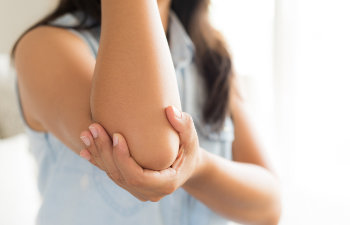


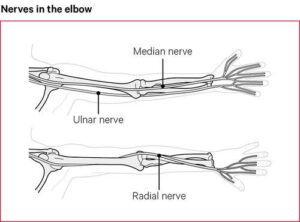
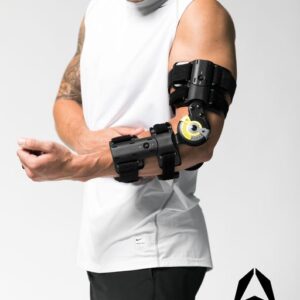

 28th Feb, 24
28th Feb, 24 